
Wim Wenders’ Perfect Days (2023) offers a contemplative cinematic experience that resonates deeply with human sensitivity. The film introduces us to Hirayama, a man who, from a capitalist viewpoint, might be considered unsuccessful. Yet, Hirayama holds a treasure beyond material wealth: the ability to find beauty in the ordinary, and capture it with his beloved Olympus Mju camera.
The Enchantment of Komorebi
In Japanese, komorebi refers to the interplay of sunlight as it streams through the gaps in tree leaves, creating a soft, dancing mosaic of light and shadow. This term captures a delicate moment for which there’s no direct word in many languages, and perhaps no one would think to define it so precisely.
Hirayama (portrayed by Koji Yakusho) returns daily to his favorite bench in the park during his lunch break, where he photographs the fleeting komorebi using his old Olympus film camera. Back home, he has an ever-growing stack of black-and-white photos of the same spot, each one distinct in its own way. The shifting light and swaying branches ensure that every shot is a singular moment, never to be repeated.
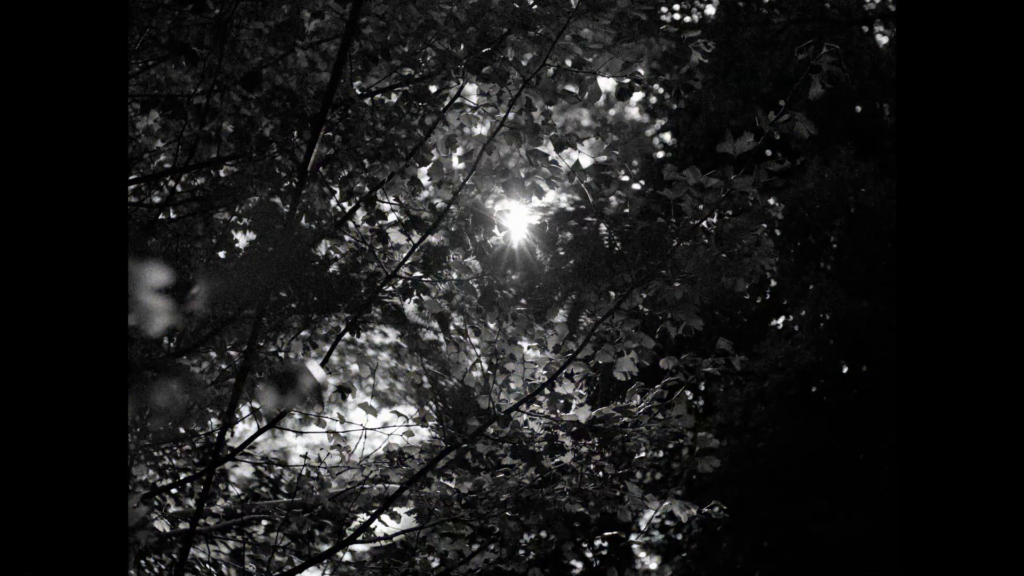
A Moment That Cannot Be Repeated
There’s a belief that komorebi can only be appreciated in the now—it can never be fully recaptured. Hirayama reflects this idea through a simple but profound phrase: “Next time will be next time; now is now.”
Perfect Days draws us into the overlooked corners of life, urging us to notice the subtle beauty in what we often deem insignificant. The film dares us to look beyond the surface, to find poetry in the mundane rhythms of life. Its pace is unhurried, almost meditative, gently guiding us to recognize the quiet beauty of these everyday moments.
The Olympus Mju: A Tool of Simplicity
Hirayama’s choice of camera, the Olympus Mju, is no coincidence. It’s not merely a camera but a symbol of simplicity and clarity in the act of seeing. With its 35mm lens, it brings us closer to the fine details we might usually miss. The camera’s design strips away any complexity, allowing Hirayama to focus purely on the moment. No distractions, no intricate settings—just point, press the shutter, and let the camera do the rest.
This harmonious relationship between the photographer, the tool, and the environment echoes the deeper themes of Perfect Days. The film isn’t about technical perfection, but about being fully present in each moment, tuning into the world around us, and preserving its fleeting beauty. The Olympus Mju exemplifies this: one simple click, capturing a brief instant of clarity.

Sensitivity, Simplicity, and Observation
Wenders’ film serves as a meditation on these principles. Through Hirayama’s quiet rituals, we’re reminded of the need to slow down, to truly notice our surroundings, and to engage with them deeply and intentionally. The appearance of the Olympus Mju throughout the film reinforces the message that photography—and life itself—is not about mastering techniques, but about cultivating a mindful awareness.
This blog, too, is about creating connections—between ourselves, our tools, and our environment. It’s about finding joy in simplicity, reducing everything to a single click. One click, one captured moment, one instant of happiness.
Through its minimalist approach, both Perfect Days and the Olympus Mju teach us that the extraordinary isn’t something to be chased. Instead, the real magic lies in appreciating the small, quiet moments—the dance of light through the trees, the fleeting stillness of a park bench, the uniqueness of every photograph, each moment unrepeatable.
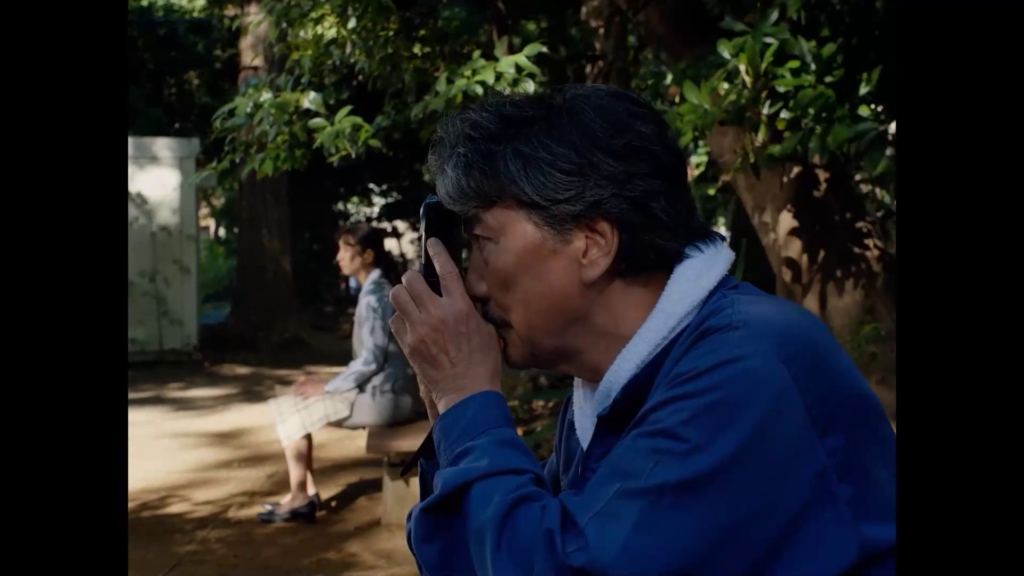
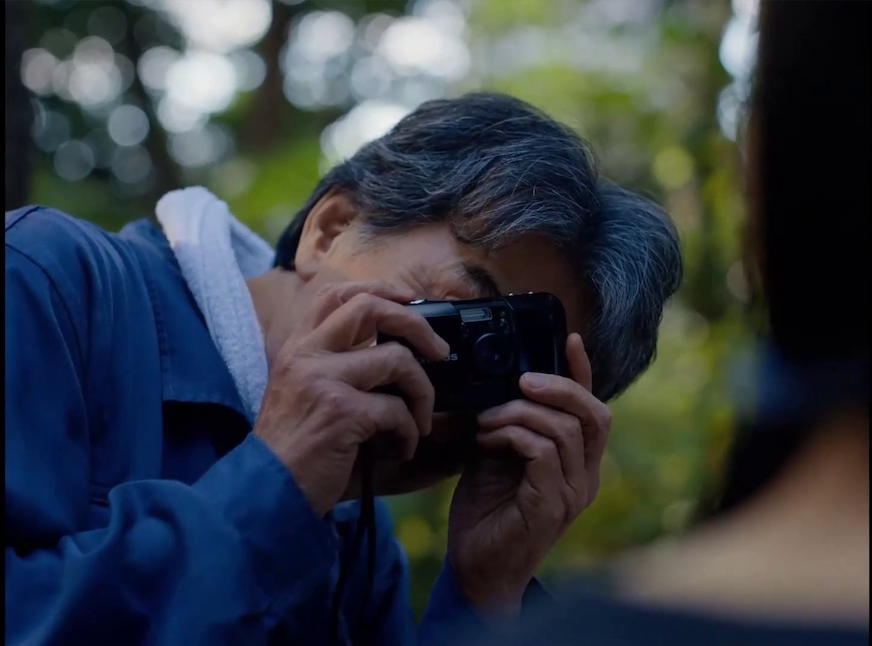


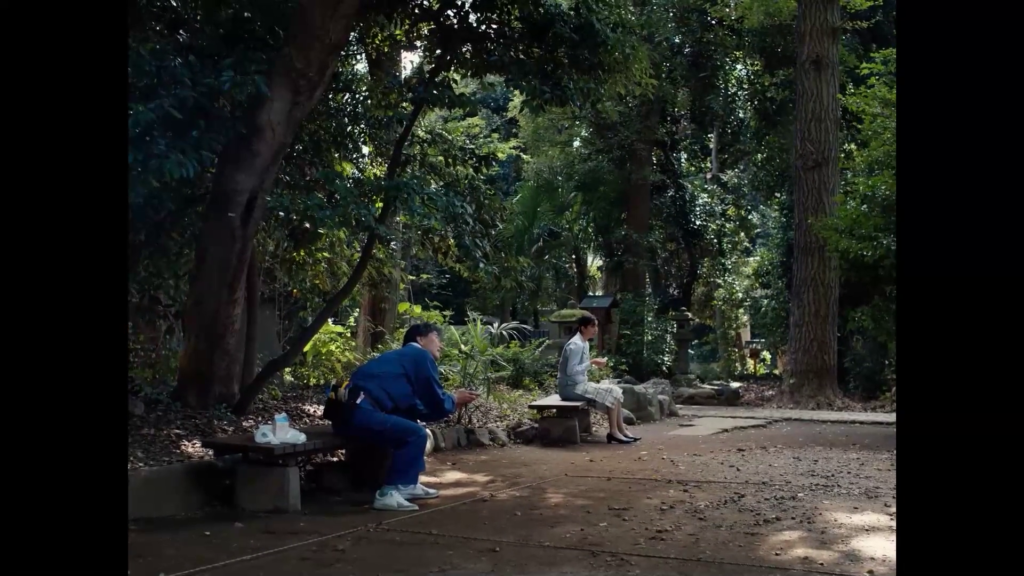


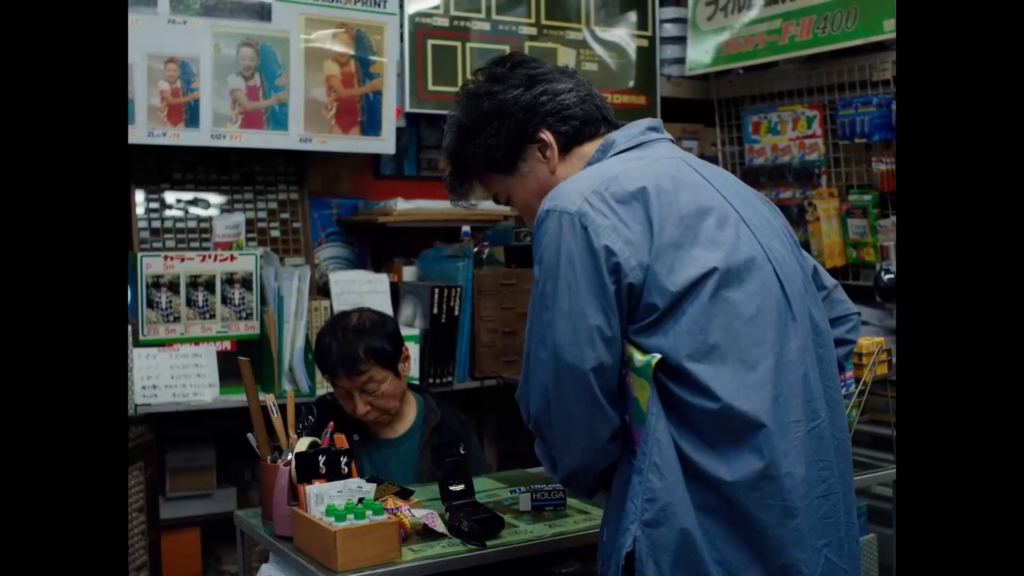
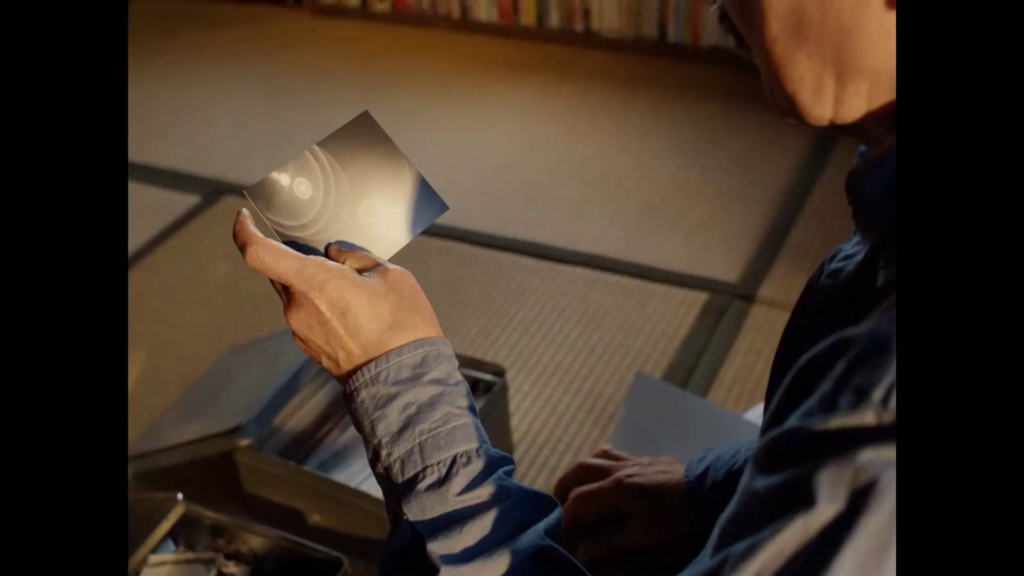
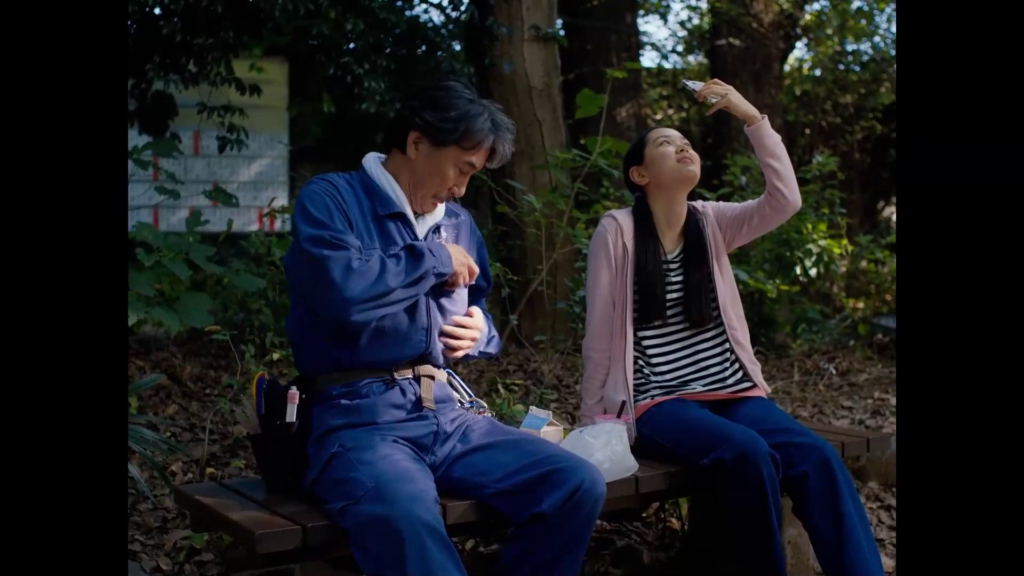

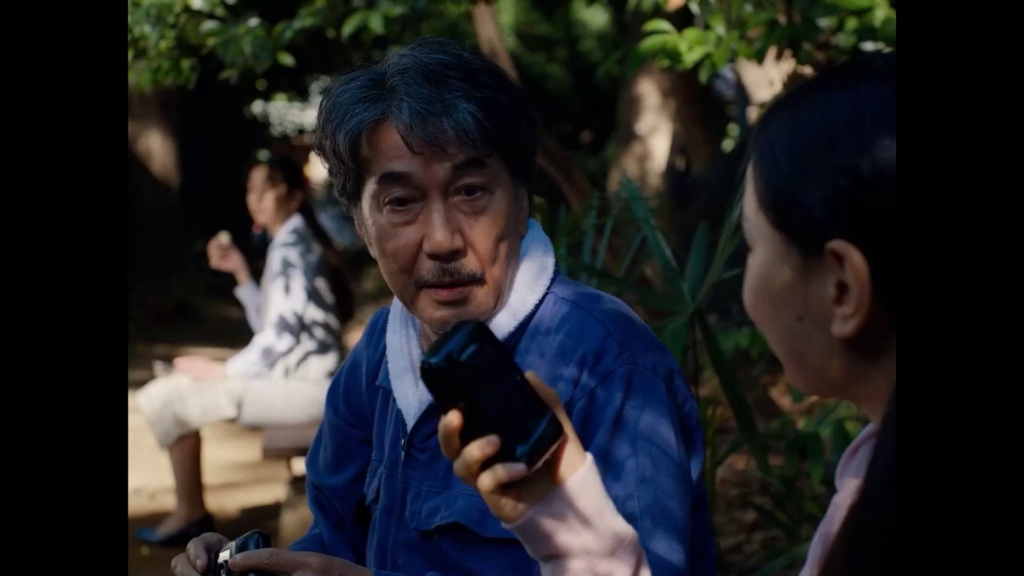
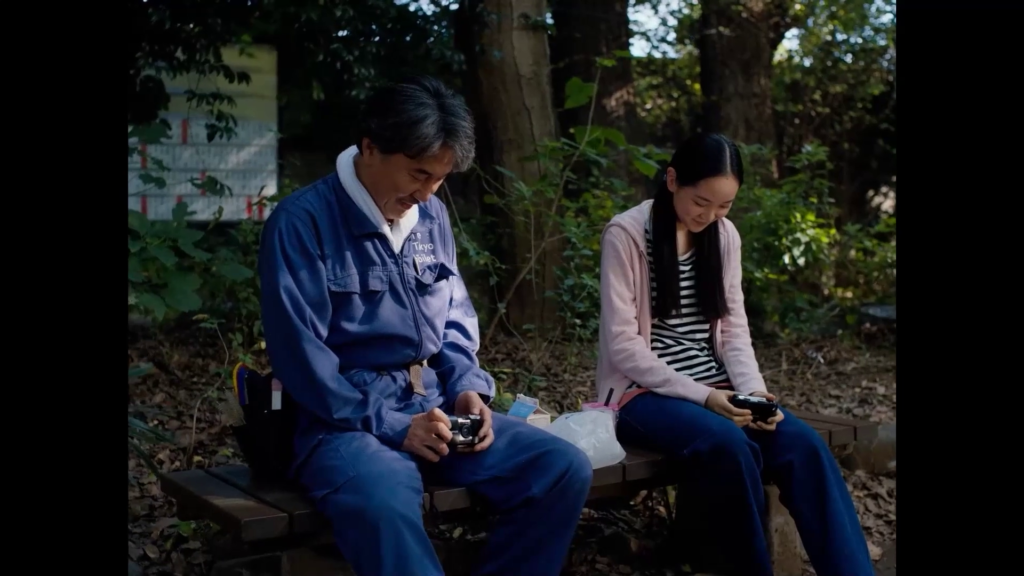
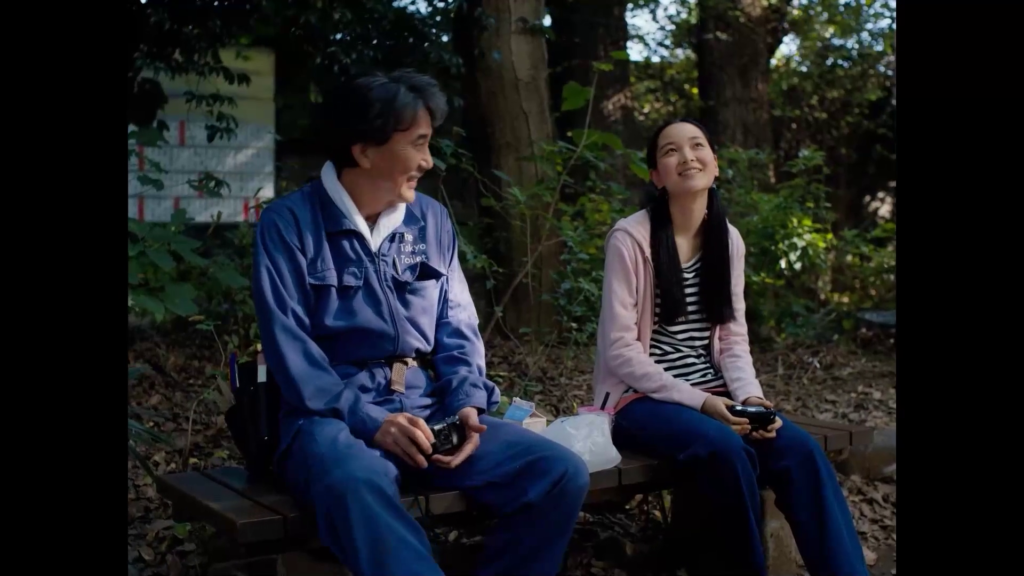
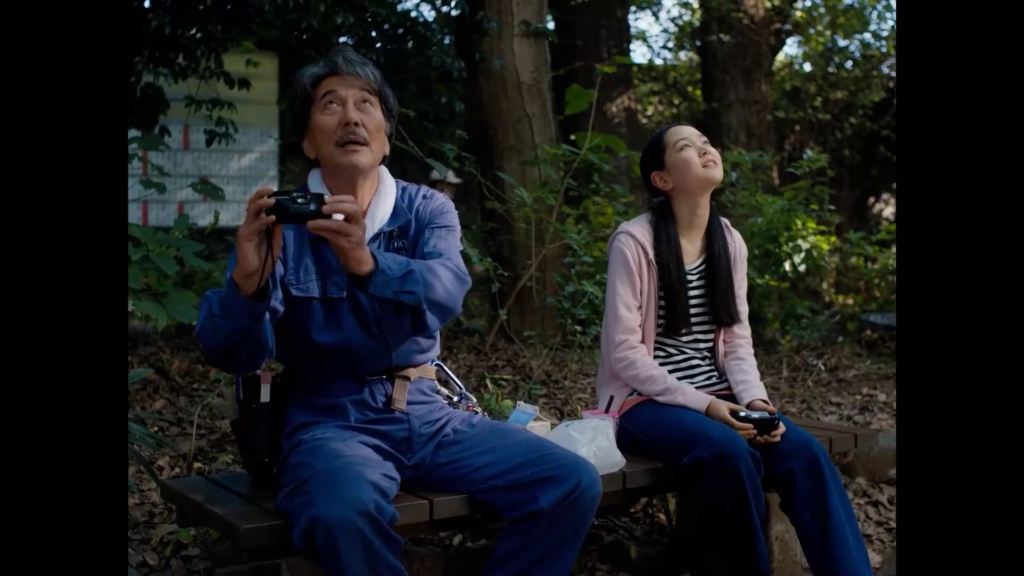


Leave a Reply